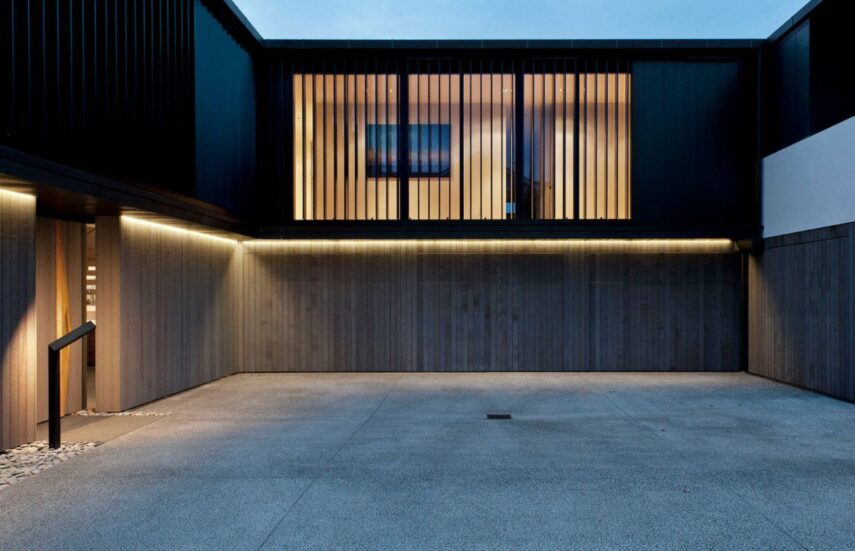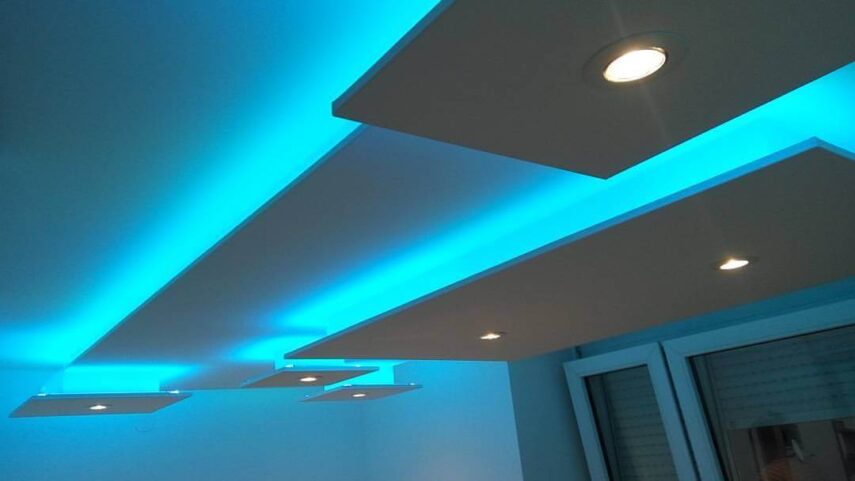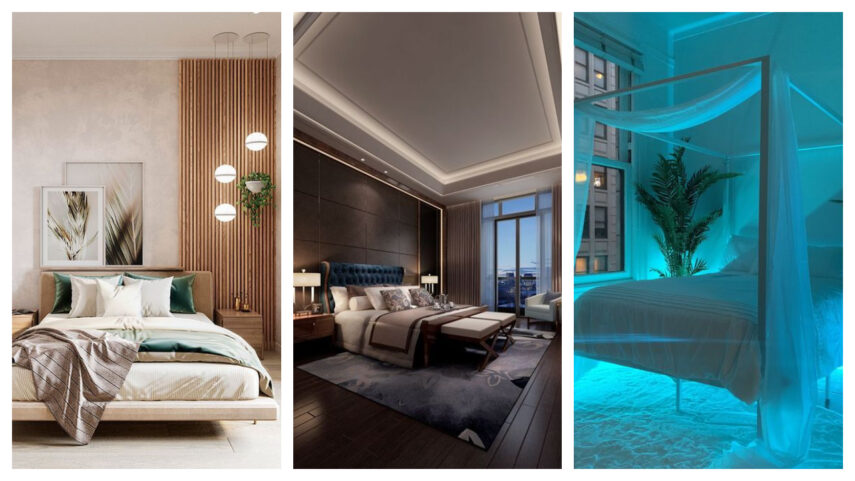With LED lights becoming increasingly popular for their unique look and the way in which they can define the atmosphere within a room – it’s not only their appearance that has led to them becoming so appealing. The minimal amount of energy needed to run them is also another great draw, and if you’re keen to lower your carbon footprint, here’s how LED lighting could help you to do exactly that.
Understanding LED Strip Lights to Highlight Your Home’s Architecture

The benefits of choosing LED strip lights are wide and varied. Even the most basic home could find itself looking stylish and modern with the inclusion of LED strip lights. These unique types of products are ideal to highlight specific features of a home, from unique construction points, right through to photo frames, used as backlighting for a television and so much more.
As the lights can be controlled via their colour, as well as their temperature (warm or cold lighting) and their brightness, you’ll be able to set the mood wherever you decide to place them. All that you need to do is to decide on a length and style, and everything else will fall into place.
Choosing the Right LED Strip Lights for Your Home’s Architecture
Before making a decision, get to know a little more about the overall structure of your home. Flats and apartments may benefit from the less-is-more approach, with a stylish introduction of LED strips placed selectively in and around your home. Villas and larger houses may have more options, and so get to know your architecture and then see where your LED strips may be the most beneficial to provide lighting (which you can control manually to really set the tone), as well as aesthetic appeal.
The great thing about strip lighting is that it comes in a wide variety of styles, allowing you to pick a type that complements the architecture of your home. For instance, puck lights can be a great way to provide an extra source of visibility for stairs and hallways, whereas strips are a fantastic way to highlight a particular feature on a wall, define the mood in a bedroom, or even be used to make it easier to find the bathroom. Simple Lighting offers many options to really get the most out of your home.
Installation of LED Strip Lights for Architectural Lighting

Installation is fairly straightforward depending on the type of power source that your new LED strip lights need. Many will come with a type of sticky back, allowing them to be securely pressed wherever you want to give years and years of lighting potential. Others like puck LED lights may need to be attached with screws, so you’ll likely need a screwdriver and a drill to take care of this. Whatever tools you need, be sure to prioritise your safety when installing your lights, whether they are battery-powered, plugged in, or need a USB.
USB lights can also be installed via a power bank, although it is worth noting that you may need to remove the power bank to charge it every so often, making your lights unusable for a while. A good option would be to go for two separate power banks, allowing you to alternate between them as required.
Tips for Maintaining LED Strip Lights
Fortunately for fans of LED lighting, the entire cleaning process is very straightforward. As most LEDs are housed neatly under plastic or a transparent, durable rubber shell, cleaning them can be very easy. Simply switch the power source off and then wipe the surface of your strip lights clean with a damp (not wet) cloth. Use a little cleaning agent if they are especially dusty, so as to return them to their original shine.
The majority of strip lights are securely housed inside a soft, flexible rubber coating, making it easy for you to bend and fit them as required. Because of this rubber housing, it’s important to avoid scratches, as although it can be relatively thick – it won’t protect the small lights inside from damage if it is punctured or pierced too deeply. With this in mind, avoid holding or storing anything with sharp edges around your lights and when cleaning, don’t use an abrasive material that can wear the rubber away. Instead, a clean, soft cloth with a little polishing spray should be more than sufficient.
If you want to maximise the lifespan of your LED strip lights, there are several options, including:
- Turning them off when they are not in use. Not only can this save the minimal amount of energy that LED lights use, but it can also reduce the risk of burning them out if they are left on for too long. As a result, you’ll get to enjoy strip lights that function well into the future
- You can also install them out of direct sunlight, as harmful UV rays can penetrate into the plastic housing of the LEDs, reduce their lifespan, or even cause them to discolour over time
- Avoid exposure to water, as although the housing is designed to repel water – liquid and electricity never go hand in hand. To minimise the chances of water damage, never spray anything directly onto your bulbs and when cleaning, use a damp cloth as mentioned above
Buy the Right LEDs Now

Highlighting the features in your home has never been easier than when using LED strip lights. From welcoming your guests with a door frame that’s been embellished with lights, to showcasing your favorite pieces of artwork, adding an ambient glow to your television, or making it easier to climb the stairs – we’re sure now that you have a few exciting ideas, you’ll be ready to choose the ideal type of LED strip lights for your needs. Turn your home into a modern bastion of aesthetic prowess, beauty and energy-saving potential with LED strips.







